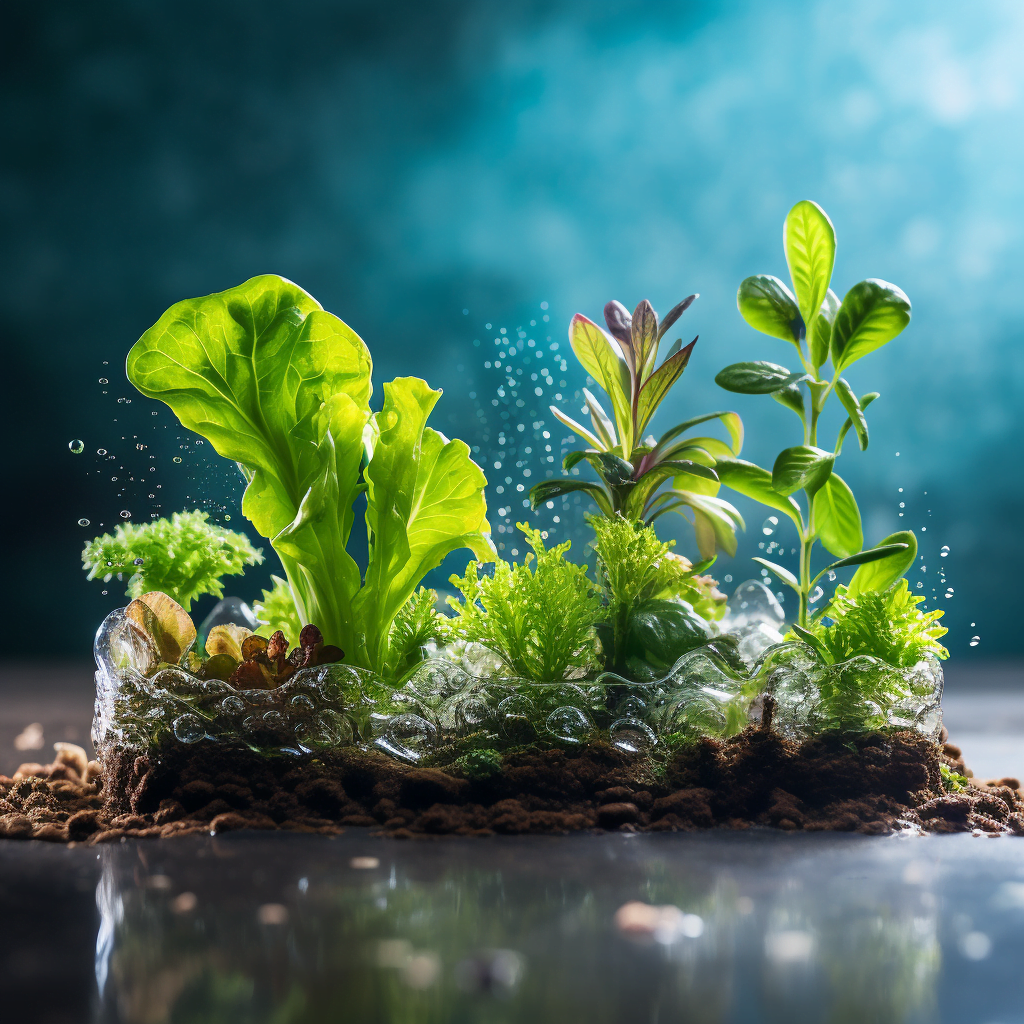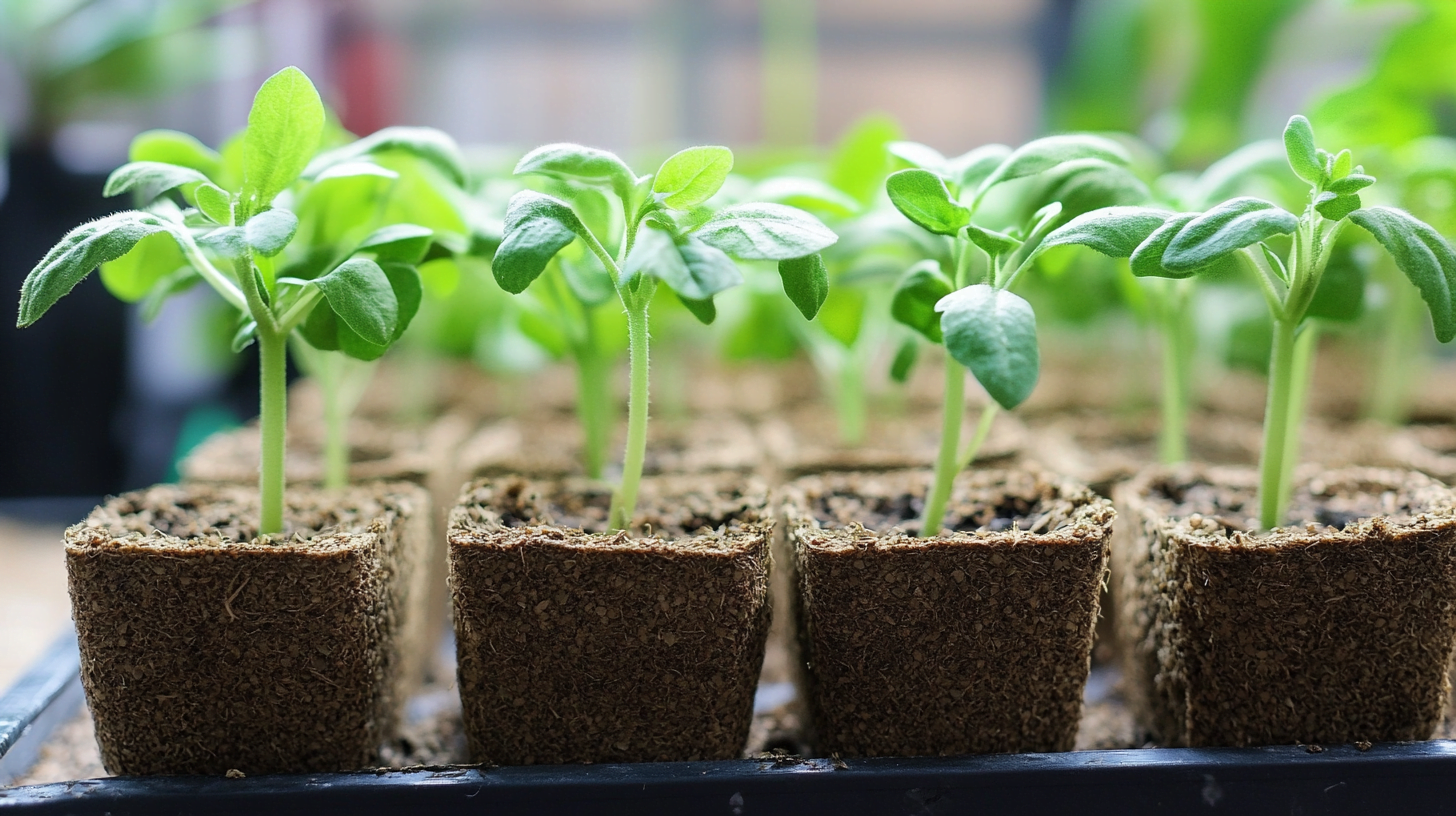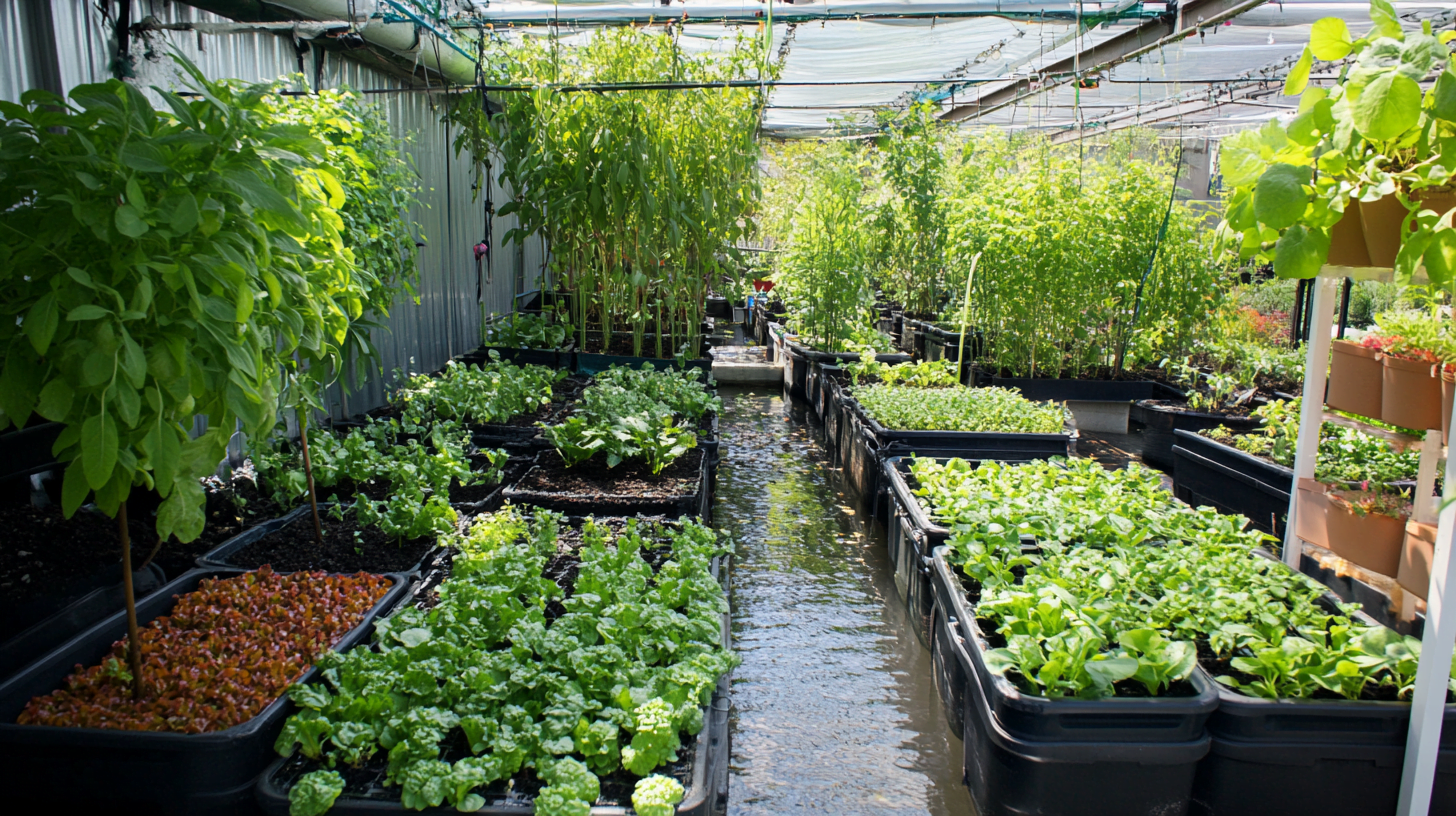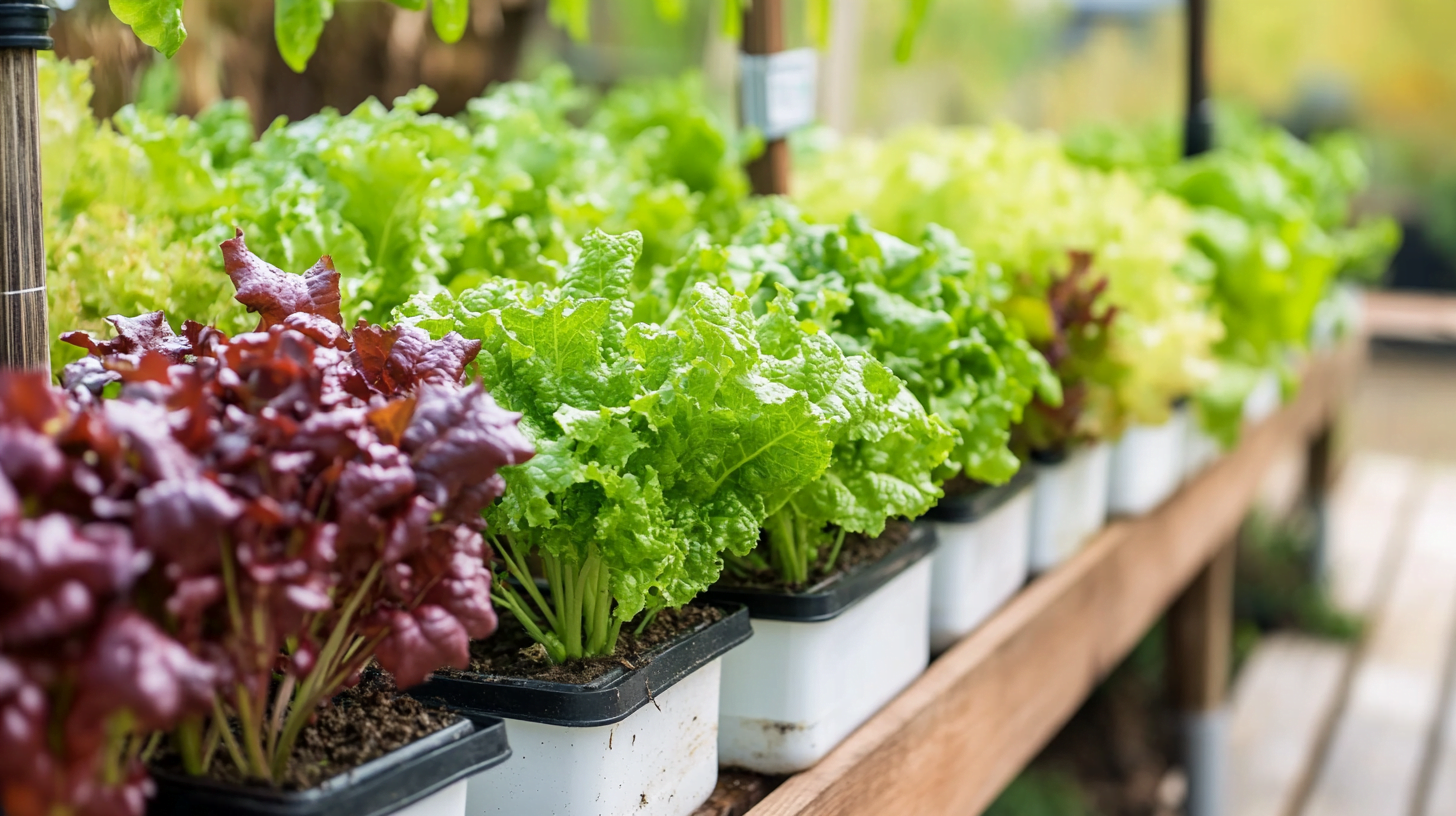Hydroponic and soil growing methods both have their advantages and disadvantages. There is no definitive answer to whether hydroponics is “better” overall, since the optimal choice depends on individual goals and circumstances. However, by comparing the key factors like yield, growth rate, quality, environmental impact, cost, and difficulty, we can analyze the pros and cons of each approach. So Is Hydroponic Growing Better Than Soil? Lets find out.
Yield
Yield refers to the total amount of produce that can be grown per plant or per area over a season. Producing higher yields is a major goal for most growers.
- Hydroponics – Plants grown hydroponically often produce higher yields than soil because their roots have constant access to optimal levels of water and nutrients. With the right setup, hydroponic systems can achieve 20-25% or greater yields for plants like tomatoes, cucumbers, lettuce, and herbs.For example, tomato plants typically produce 10–15 lbs per plant when grown hydroponically. The yields are higher because the plant can devote more energy to fruit production when it does not have to grow large roots searching for water and nutrients like in soil. Cucumbers, lettuce, strawberries, and herbs also produce abundantly in hydroponic systems given stable conditions.Factors that contribute to high hydroponic yields:
- Constant nutrient and oxygen delivery to root zone
- Ability to optimize and control nutrient levels
- No competition for nutrients from weeds or soil microbes
- Ideal temperature and humidity can be maintained
- Increased spacing density compared to soil
- Soil – While hydroponics enables precise control over nutrients, soil can match or even exceed the yields of hydroponic systems when grown outdoors under optimal natural conditions. Rich organic soil with good structure retains nutrients and water effectively to feed plants.Even though hydroponic yields per plant are often higher, soil yields in terms of total production per acre can compete with or surpass hydroponics when fertility, drainage, and growing conditions are ideal.For field grown crops like corn, potatoes, squash, or berries, soil cultivation methods have been optimized over decades to produce substantial yields. However, hydroponics allows high density planting so yield per area can rival soil growing depending on theCrop.For example, tomato plants typically produce 5–10 lbs per plant when grown in fertile soil. Getting greater than 10 lbs per plant requires excellent soil and sunlight.
In summary, hydroponics offers potential for 30-50% greater yield per plant, but soil systems can produce comparable total production depending on crop and growing methods.
Growth Rate
The speed that plants grow from seed or transplant to harvest size is important, as faster growth allows more production cycles per year.
- Hydroponics – Plants grow 1.5–2 times faster with hydroponics compared to soil. The constant flow of nutrient solution to the roots accelerates growth by providing stable conditions. Leafy greens can be ready to harvest in 30–45 days with hydroponics compared to 60–80 days in soil.For instance, lettuce matures in 25–30 days on average with hydroponics versus 45–60 days in soil. Multiple hydroponic lettuce grow cycles can be completed to each soil grown cycle.Similarly, herbs like basil grow to a harvestable size in just 3–4 weeks with hydroponics compared to 6–8 weeks in soil. The boost in growth rate is especially noticeable for seedlings and young plants after transplanting.
- Soil – Growth is limited by the rate at which soil can transfer water and nutrients to plant roots. Moisture levels and nutrient availability fluctuate more than in hydroponic systems. However, soil microorganisms can enhance soil health and fertility over time through decomposition and nutrient cycling.In mature soil ecosystems, relatively rapid growth rates can be sustained by nutrient mineralization and abundant microbiome. But hydroponics provide greater consistency and control over the plant’s growing environment.
For most plants tested, hydroponic systems accelerate growth between 50-100% compared to soil depending on conditions and nutrient management. This allows more production cycles for crops like lettuce, basil, bok choy, and others with short maturation times.
Quality
Quality is judged by factors like flavor, fragrance, texture, mineral content, shelf life, and general appeal and marketability of the produce.
- Hydroponics – Produce grown hydroponically is often perceived as lower quality than soil-grown. Flavors may be less complex without soil microbes that influence taste. And texture differences can occur without the soil stresses on roots that affect cell structure. However, many factors beyond growing method affect quality.
- With careful management, hydroponic produce can match the standard of soil grown. Ensuring proper nutrients and ripening times are met will provide flavorful produce with a pleasing texture. Some studies have actually found hydroponic tomatoes to have higher sugar content and similar taste test ratings as soil grown.
- Soil – Soil grown produce is generally regarded as higher quality. The complex soil ecosystem and mineral content contribute diverse flavors and textures. But soil quality itself impacts nutrition and taste substantially.The terroir of the soil environment including microbes, soil type, and minerals affects product quality. Rich, healthy soil will produce tasty produce. But even poor quality soil can produce decent yields. Optimization of soil conditions is required to maximize quality.
Proper management of both systems can optimize quality:
- Hydroponics – avoiding tip burn, maintaining brix levels, ensuring proper pH/nutrients
- Soil – building organic matter and fertility, amending soil, avoiding overwatering
In summary, while soil grown has a reputation for higher quality, both methods can produce great tasting, nutrient-dense produce with proper management.
Environmental Impact
For sustainable food production, the long-term environmental impacts must be considered:
Energy Use
- Hydroponics – Requires electricity to operate lighting, pumps, timers, and other equipment, especially for indoor setups. But energy efficient LED lights and improved equipment continue to lower power usage.
- Soil – Has minimal energy inputs besides cultivation and harvest operations. Outdoor soil production takes advantage of natural sunlight.
Water Usage
- Hydroponics – Uses 10 times less water since there is no drainage or loss to evaporation as with soil. Water is continuously recirculated and reused.
- Soil – Requires much more water for irrigation needs, with potential for waste through runoff and evaporation. But water can be conserved with drip irrigation methods.
Nutrient Recycling
- Hydroponics – Nutrient solutions are continuously recycled. Minimal nutrients are wasted or lost as with soil fertilization.
- Soil – Fertilizers and nutrients wash away over time and must be replaced seasonally. However, composting recycles nutrients already in the soil ecosystem.
Runoff and Contamination
- Hydroponics – Closed systems eliminate agricultural runoff concerns. No soil erosion or water pollution happens.
- Soil – Fertilizer and sediment runoff is a major pollution problem, contaminating nearby water sources. Proper drainage and catchment systems are required.
Pathogen Risk
- Hydroponics – The risk of contamination from soil-borne plant pathogens is eliminated.
- Soil – Avoiding contamination from nematodes, fungi, and bacteria in soil requires careful management, crop rotation and sanitation.
Greenhouse Gas Emissions
- Hydroponics – Indoor systems lack greenhouse gas emissions from soil cultivation tilling and equipment.
- Soil – Conventional farming emits CO2 from soil disturbance and equipment usage for cultivation and harvesting.
Carbon Sequestration
- Hydroponics – No long-term carbon storage happens since no soil is used.
- Soil – Organic matter in soil is an effective carbon sink, offsetting some emissions.
Considering these factors, soil growing has the edge for sustainability at small scale, while large commercial hydroponic farms can be eco-friendly through energy efficiency and nutrient recycling. In urban areas, rooftop hydroponic gardens offer local food production with minimal land usage.
Cost Analysis
The expenses incurred over time are major considerations when choosing a growing method:
- Hydroponic system setup costs
- Grow lights – $100 to $1000
- Irrigation system – $50 to $500
- Nutrient reservoir – $50 to $500
- pH/EC meters – $50 to $200
- Pumps, tubing, timers, fittings – $200
- Containers like troughs, pots, trays – $50 to $500
- Total startup cost range: $500 to $2000+
- Soil growing setup costs
- Soil mixing/amending supplies – $50
- Containers like beds, pots, bags – $50
- Watering system if needed – $50 to $200
- Possibly heating equipment – $200
- Total startup costs: $50 to $500
- Hydroponic recurring costs
- Electricity costs – $10 to $150 per month depending on lighting used
- Nutrient concentrate – $50 per grow cycle
- pH adjustment solutions – $10 per month
- Replacement of worn equipment
- Soil recurring costs
- Soil – $10 to $100 per year
- Fertilizer/compost – $20 to $200 per year
- Containers may need replacing over time
- More staff labor time required
- Pest control expenses – $50 per year
- Total recurring costs: $100+ per year
Over a 5+ year period, the lower input costs of soil may offset the larger initial investment for hydroponics. Larger commercial hydroponic farms benefit most from economies of scale, spreading the startup costs over high volumes of production and sales.
Backyard gardeners can build small DIY hydroponic systems quite cheaply. And over time, the fast harvest times and high yields lead to quick payback of the initial costs compared to soil growing.
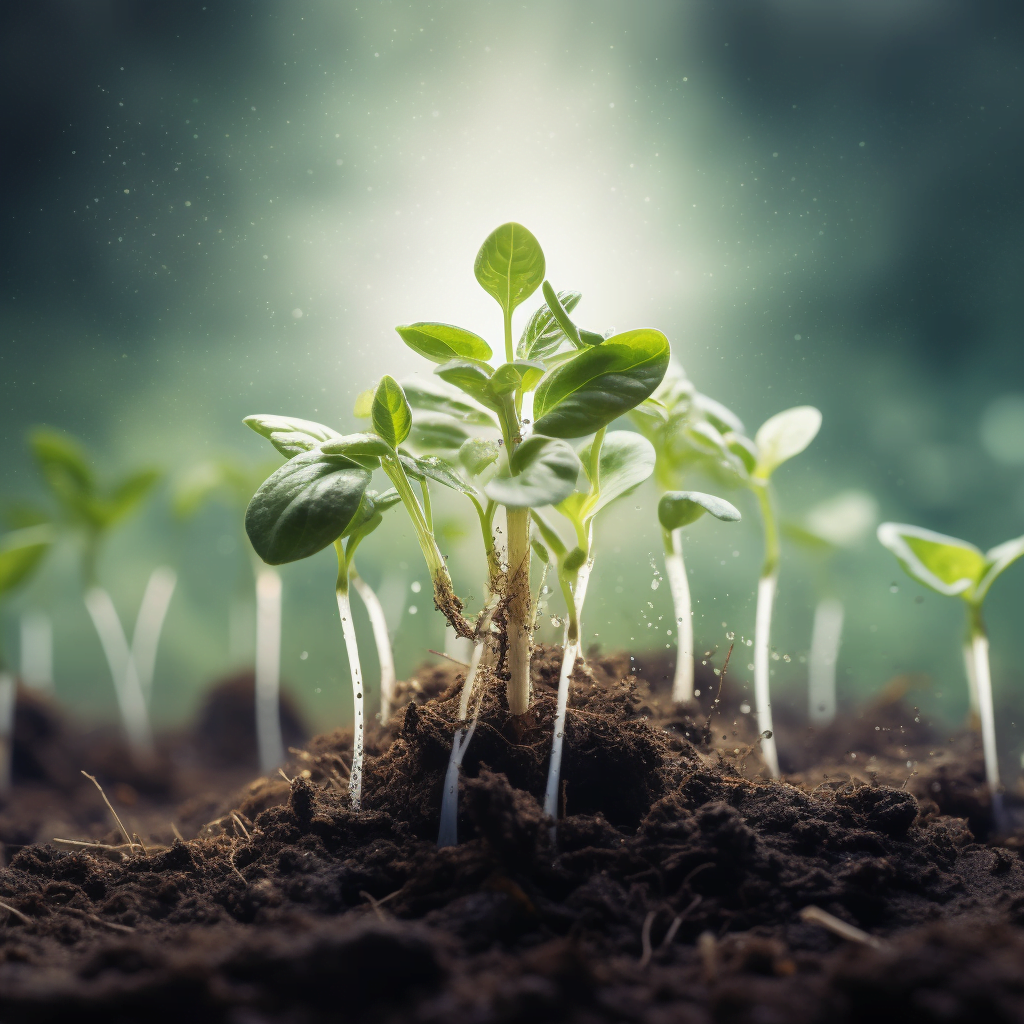
Ease of Use
The learning curve and difficulty involved in getting started are important considerations for new growers.
- Hydroponics requires more technical skill to operate successfully on an ongoing basis. Growers need knowledge of:
- Nutrient mixing and management
- Maintaining optimal NPK ratios
- Avoiding deficiencies or toxicity
- Equipment maintenance
- Cleaning pumps, lines, reservoir
- Replacing failing parts
- Monitoring and controlling conditions
- pH, EC, temperature
- Dissolved oxygen levels
- Prevention and treatment of root disease
- Troubleshooting equipment failures and environmental fluctuations
- Nutrient mixing and management
- Soil growing is more forgiving for beginners. The main skills needed are:
- Soil composition and amendment
- Mixing in compost, manure, fertilizer
- Maintaining pH and nutrients
- Watering schedules
- Timing and amounts
- Pest/disease prevention
- Controlling common pests like aphids or mites
- Weed control
- Chemical herbicides, landscape fabric, mulching
- Soil composition and amendment
While hydroponics offers potential for higher productivity, the system requires vigilant monitoring and more technical know-how. Soil is slower paced but more accessible for new gardeners.
Crop Selection
Plants that grow best in hydroponic systems versus soil based on their preferences:
Hydroponics
- Lettuce
- Tomatoes
- Peppers
- Cucumbers
- Herbs like basil, mint, oregano
- Arugula, spinach, kale, chard
- Strawberries
- Radishes,green onions
- Microgreens
Soil
- Root crops – potatoes, carrots, beets
- Large fruiting plants – squash, melons, eggplant
- Tall or climbing vines – peas, beans, cucumbers
- Heavy feeders – broccoli, cabbage, cauliflower
- Ornamentals and flowering plants
Both
- Onions, leeks, garlic
- Celery
- Salad greens
- Bush beans
- Hot peppers
- Many flowers and herbs
This list provides a general guideline, but many plants can grow successfully in either system.
Pros and Cons of Each Method
Hydroponic Pros
- Higher yield potential in optimal conditions
- Faster growth rate to harvest size
- Very low water usage and waste compared to soil
- Recycling and reuse of nutrients
- No fertilizer runoff, soil erosion, or contamination
- Resistance to soil borne pests and diseases
- Season extension into winter
- Automated systems reduce labor needs
Hydroponic Cons
- High startup cost for equipment
- More technical skill required
- Power usage, especially for indoor lighting
- Lower consumer perceptions of quality or naturalness
- Disease prevention more difficult in closed systems
- Not ideal for root crops and vines
- Requires careful monitoring of pH, EC, oxygen
Soil Pros
- Very low startup costs
- Simple watering and care for beginners
- Perceived as more natural by consumers
- Complex flavors attributed to soil ecosystem
- Soil ecology sustains itself over time
- Soil retains carbon, adding organic matter
- Outdoor growing uses free sunlight
Soil Cons
- Lower yield per plant or area
- Slower growth rate to harvest size
- Disease and pests in soil require management
- More water usage for irrigation
- Water and fertilizer runoff pollution concerns
- Labor intensive for weeding and harvesting
- Depletes nutrients over time requiring fertilization
Conclusion
In conclusion, while hydroponic systems allow greater control and can produce higher yields, soil growing has the advantage for sustainability, cost, and ease of use in many situations. The optimal choice depends on individual circumstances like budget, space, goals, experience level, and crops being grown.
Both soil and hydroponic methods can produce bountiful harvests of high-quality produce. Starting on a small scale and learning the unique requirements of each method over a season is recommended.
Gardeners with ambition to maximize productivity and learn technical skills will appreciate the powerful capabilities of hydroponics. Homesteaders and outdoor growers who value low costs and simplicity may prefer the natural resilience of soil.
optimize yields sustainably. With proper management, both soil and hydroponic growing can be highly productive methods for propagating veggies, herbs, flowers, and more.
